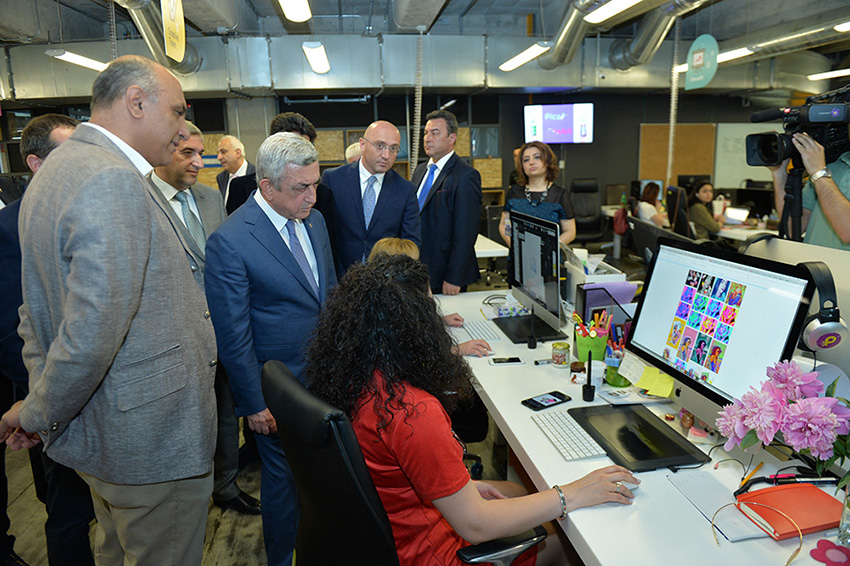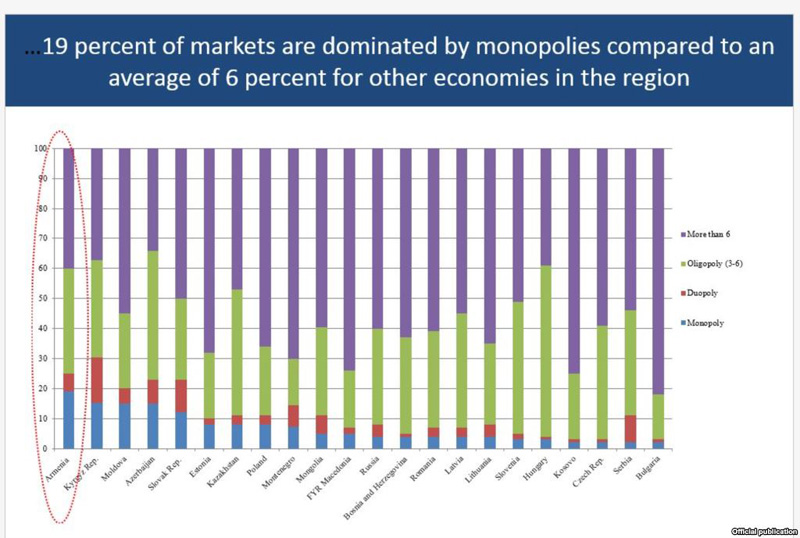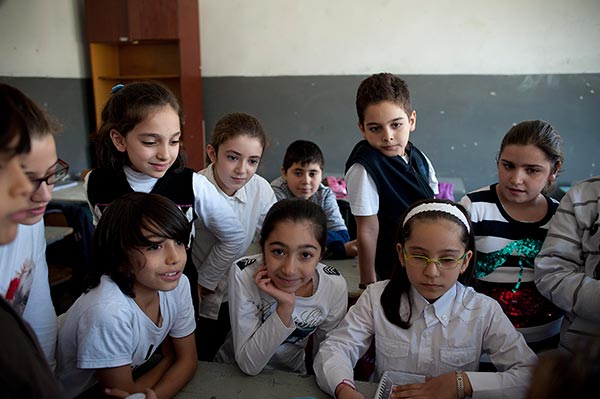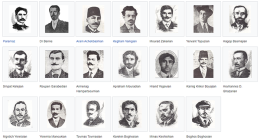YEREVAN (RFE/RL) — The rapid growth of Armenia’s information technology (IT) sector employing thousands of engineers accelerated to 38.2 percent last year, according to government data.
The tech industry had already expanded by an average of over 20 percent annually in the previous decade, making it the fastest-growing sector of the Armenian economy. According to government estimates, the country’s 500 or so mostly small and medium-sized IT firms earned over $550 million in combined revenue in 2015.
The sector is dominated by the Armenian branches of U.S. tech giants like as Synopsys, National Instruments, Mentor Graphics and VMware. But its steady expansion is also increasingly driven by homegrown Armenian companies.
The most successful of these startups is PicsArt, one of the world’s leading mobile photo editing and sharing applications. The company now has more than 350 employees in Armenia and boasts 90 million active monthly users worldwide.
Another, smaller startup founded in 2013 attracted $5 million in funding from two U.S. venture capital firms earlier this year. The company called Teamable develops special software used by businesses for hiring skilled workers. Like PicsArt, Teamable has offices not only in Yerevan but also in San Francisco.
Another Armenian firm, SoloLearn, won this month the Grand Prize of Facebook’s annual “Apps of the Year” event, which attracted 900 submissions from 87 countries. SoloLearn offers a free online app for people interested in learning computer programming.
Karen Vartanian, chairman of Armenia’s Union of Information Technology Enterprises (UITE), stressed the growing importance of such startups. “Our local products are increasingly emerging and proving a success in the international market,” he told RFE/RL’s Armenian service (Azatutyun.am).
Vahan Shakarian, the executive director of the Yerevan-based company Technology and Science Dynamics manufacturing smartphones and tablet computers, said the sector’s has been rapidly developing because it is export-oriented. He also cautioned: “Booms are possible in economics. They key thing is to at least stay at the same level after they are over. It’s quite a challenge.”
For Vartanian, the key challenge is a continuing lack of skilled IT personnel in Armenia. “Our growth is now stunted by a serious shortage of personnel,” he said. “The education system is in tatters.”
Industry executives have long complained about the inadequate professional level of many graduates of IT departments of Armenia universities. According to their estimates, there are now between 2,000 and 4,000 job vacancies in the sector employing about 15,000 people.
Successive Armenian governments have pledged to tackle this problem. Vartanian insisted, however, that there is still no “comprehensive, strategic cooperation” on the matter between the authorities and IT companies.
In January, Prime Minister Karen Karapetian met with a team of government officials and tech executives that proposed a wide-ranging reform of engineering education in Armenia. One of those executives said only half of 1,300 IT students graduating from Armenian universities each year are qualified enough to work in the sector without undergoing further training.










